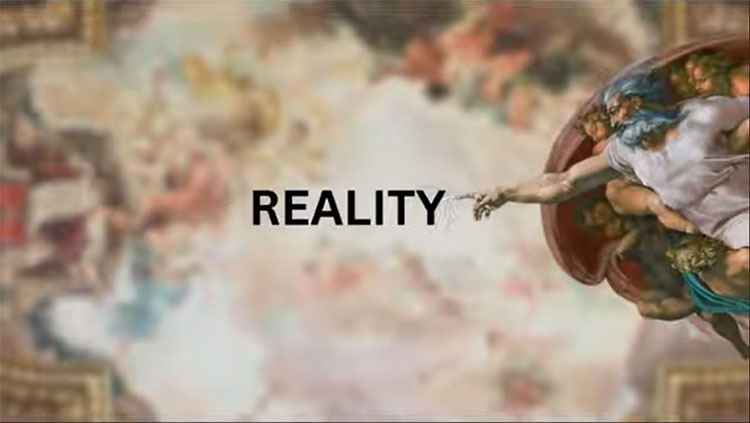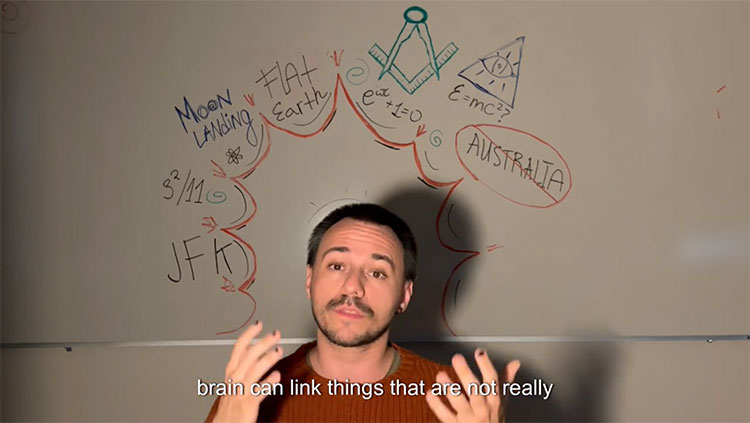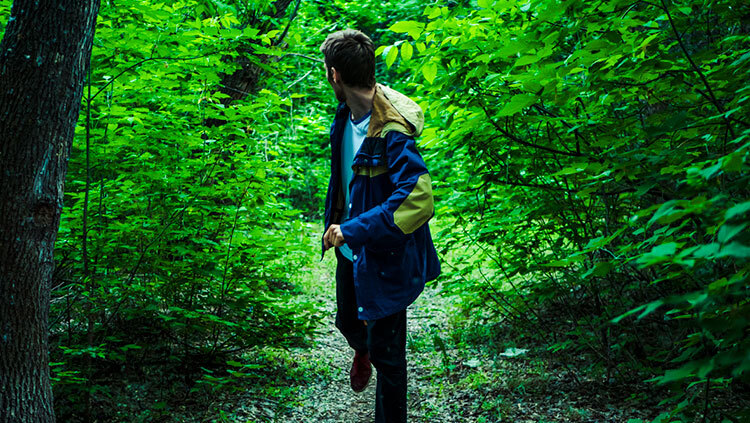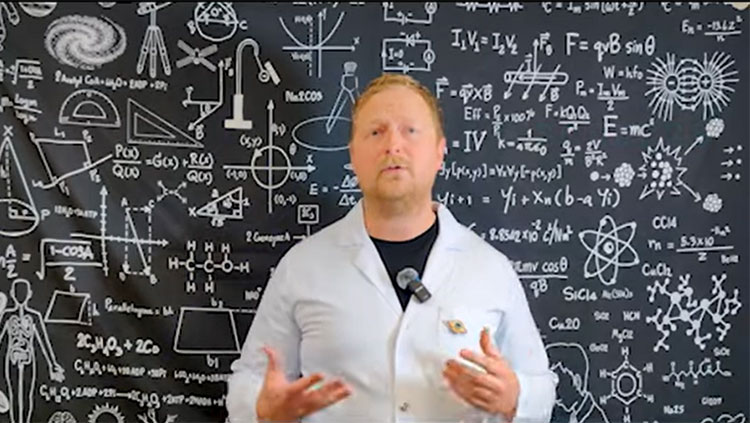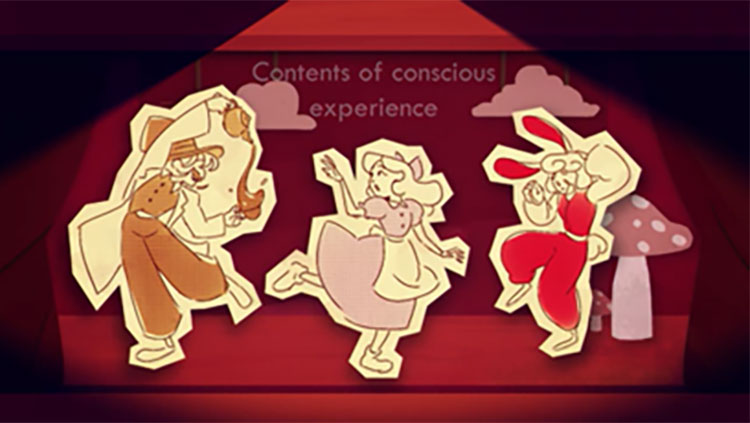Blind Minds Eyes: Aphantasia and Our Diverse Inner Lives
- Published25 Sep 2017
- Reviewed25 Sep 2017
- Source BrainFacts/SfN
When you visualize something just by thinking about it, you're using what’s often called the “mind’s eye." Did you know that the mind’s eye can “go blind," and that some people are unable to create mental imagery? Find out more with the video below.
This video is from the 2017 Brain Awareness Video Contest.
CONTENT PROVIDED BY
BrainFacts/SfN
Transcript
Close your eyes, and imagine a vase with flowers. Do you see a clear visual image? Maybe it’s blue with red roses. Or clear crystal with yellow wildflowers. Our ability to mentally visualize, or conjure up mental images in our head, is somewhat different from “visual perception” - that’s when our brains are creating the image of something physically in front of our eyes. “mental imagery”, on the other hand, is where our brain is generating a visual representation of something that is not physically there . (Kosslyn Mental Images and the Brain). Visual perception, and visual mental imagery, might share underlying, common brain mechanisms, but they are not identical processes.
This is because there people with normal visual perception, but don’t actually see mental images when they think about something. People like me. Basically, I have a “blind” mind’s eye. Psychologists have debated about whether or not thoughts could exist without images, such as those psychologists who subscribed to the “Wurtzburg school of image less thought”. This phenomenon of people reporting that they don’t have mental images, has also been recorded by Sir Francis Galton in the 1880s. Recently, it has attracted attention due to a new name: “aphantasia”. This term was coined by Prof. Zeman, at the University of Exeter.
Phantasia is the ancient philosopher Aristotle’s name for the “mind’s eye”. A-pha ntasia is thus, lack of a mind’s eye. Many people might rely almost exclusively on mental images to process information day to day, so they might not be able to imagine how to survive without them. So how can science tell if someone has a picture in their mind when they’re thinking ? First, there are self-reports, such as the “vividness of mental imagery” questionnaire. There are also cognitive tests, like this mental rotation task. These tasks use a person’s reaction time and accuracy to give us clues as to what kind of mental strategies they are using to solve a spatial or visual puzzle.
Ultimately, these cognitive tasks, combined with brain imaging, such as functional magnetic resonance imaging (fMRI), will give us more neuroscientific insights into why our inner perceptions can be so different. Dr. Zeman and other researchers published a very interesting case study of a man who used to have mentally imagery, but then lost it after a surgery. They found that this man used his posterior visual networks less than subjects who could produce mental images, when they were all asked to imagine the faces of famous people when provided with their names. Instead, this person activated more of his frontal cortical networks, suggesting that he was using non-visual ways to solve the task. For people like me who are non-imagers at birth, it might be crazy to think that we don’t perceive the world exactly the same as everyone else. But it really shouldn’t be surprising!
Even though all of our brain structures will be similar, our genetics and past experiences will impact our mental representations as well as our functional neural networks. The important thing to remember is that just because we don’t have pictures when we imagine, it doesn't mean we don’t have imaginations at all! There are people with aphantasia who are writers, artists, and musicians, and much, much more. Although you might feel alone in having a different kind of inner world, there are people all around the globe that identify as having aphantasia. If you’d like to meet more of them, please join the Aphantasia Facebook Group, or reach out to participate in mental imagery studies. There’s still a lot to learn about mental imagery, and you can help us learn more!



